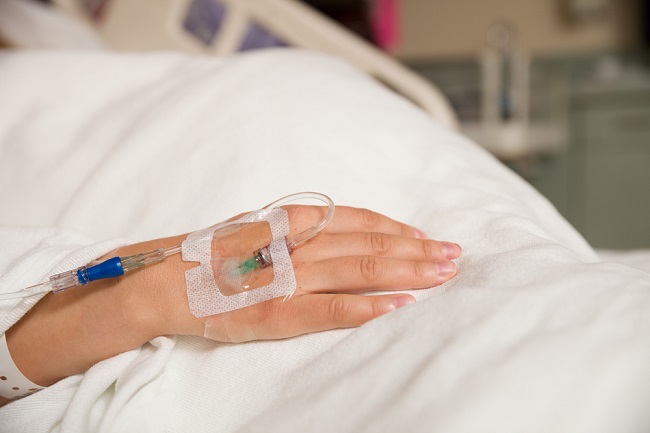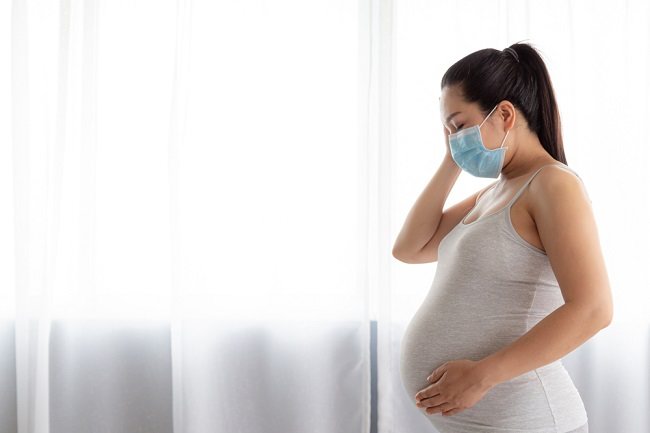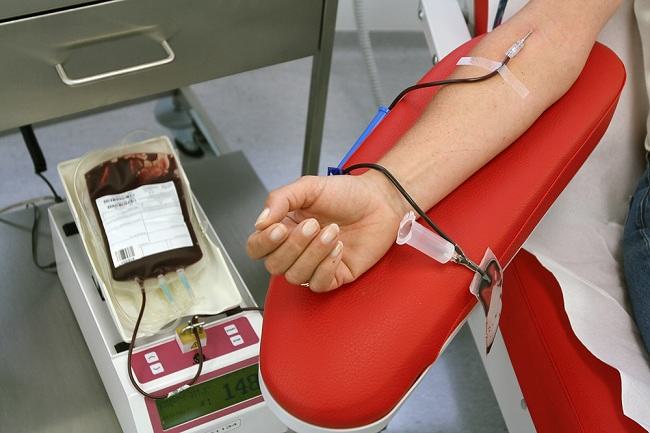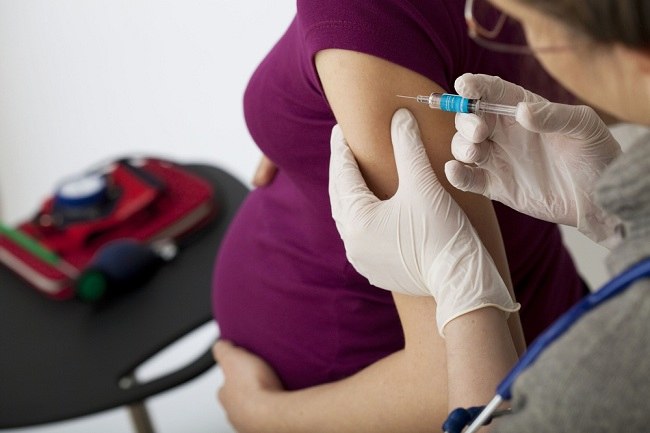Dyeing hair during pregnancy is actually okay, but exposure to excessive hair dye or paint poses a risk to the health of pregnant women and their fetuses. Therefore, before coloring hair, there are several things that pregnant women need to pay attention to, so that the impact of hair dye can be minimized.
If pregnant women plan to dye their hair in the first trimester of pregnancy, it's best to postpone it. To be safer for the fetus, pregnant women are recommended to dye their hair after the second trimester of pregnancy.

Safety Facts of Coloring Hair While Pregnant
Too often dyeing hair during pregnancy is considered unsafe to do. This is because the chemicals contained in hair dyes are feared to enter the body and interfere with the health of pregnant women and fetuses.
The risk of this happening is actually quite small, especially if pregnant women only color their hair occasionally and are rarely exposed to hair dye. However, pregnant women still have to be careful. If you want to change hair color, you should not do it during the first trimester.
The reason is, gestational age is a crucial period for the formation and development of fetal organs, so it is important to avoid risky things that might affect the health of the fetus.
In addition to gestational age, also pay attention to the health of the pregnant woman's scalp. Pregnant women are advised to avoid coloring their hair when the scalp is irritated, as this can make the irritation worse.
Tips for Safe Hair Coloring During Pregnancy
To be safer in coloring hair during pregnancy, pregnant women can try the following tips:
1. Check the hair dye packaging label
When buying hair dye, don't forget to check the packaging label and pay attention to the chemicals it contains. Pregnant women are not advised to use hair dyes containing ammonia or bleach (bleach).
To ensure safety, pregnant women can use paint or hair dye that contains natural ingredients.
2. Using gloves
If pregnant women have found a safe hair dye and want to dye their own hair, don't forget to use gloves, OK? This is important to prevent exposure to chemicals through the skin on the hands by hairspray.
Then, do the hair coloring in a place that has good ventilation, so that exposure to inhaled chemicals can be minimized. If necessary, pregnant women can also wear a mask to reduce exposure to chemicals from hair dye.
3. Apply only on hair strands
To avoid the risk of chemicals being absorbed into the scalp, pregnant women are advised to apply hair dye only to hair strands. One of the hair dyeing methods that can be chosen is highlights hair. This method makes the dye only be absorbed by the hair, not the scalp.
4. Wheezingfollow the instructions for use properly
Always follow the instructions for use listed on the packaging of the hair dye, for example by paying attention to when to paint and when to rinse your hair. This is important to reduce the risk of exposure to chemicals that can be absorbed through the scalp.
5. Rinse properly
When finished, don't forget to rinse your hair and scalp thoroughly until clean, OK? To maintain the quality and color of the hair, pregnant women can use a special shampoo for colored hair.
Natural Hair Dye for Pregnant Women
As stated above, pregnant women are advised to avoid hair dye products that contain chemicals. Natural hair dye products from plants, such as henna or henna, are recommended because they are relatively safer to use.
However, hair dye products made from henna have less variety of colors. Real henna that is common and safe to use is orange or slightly red and brown in color.
On the other hand, black henna is not recommended because it usually contains synthetic dyes, so it is not safe to use during pregnancy.
To further ensure the safety of coloring hair during pregnancy, pregnant women are advised to consult a doctor or delay coloring their hair until the baby is born.









